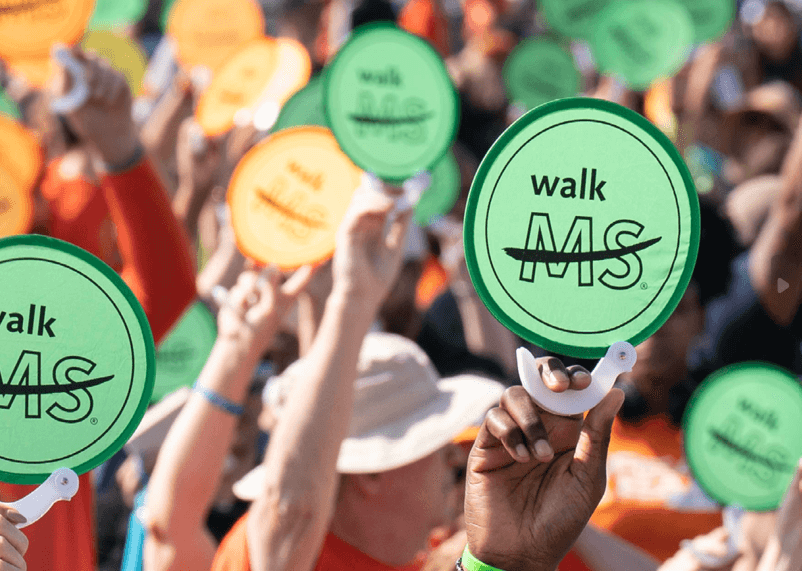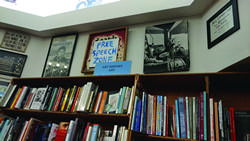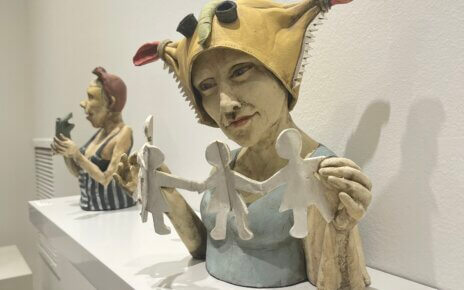Multiple Sclerosis (MS) is typically a disease that is not on many people’s radar, because why would it be. According to the National MS Society, the disease only affects around one million Americans, so it’s understandable why it would rarely, if ever cross somebody’s mind. It is fairly easy to forget about until, one day, you find out that your uncle is diagnosed with Multiple Sclerosis, or until your best friend’s mom is diagnosed, or until you yourself face a diagnosis. The disease affects more lives than you might think.
MS is an autoimmune disease, which are those in which the body’s immune system does not recognize its own healthy cells and begins to attack itself. Some other autoimmune diseases include type 1 diabetes, Crohn’s disease, lupus, and rheumatoid arthritis, just to name a few. What MS does is cause the body’s immune system to strike at its central nervous system. The disease attacks crucial parts of the body such as the brain, the spinal cord, and the body’s optic nerves. The way that it does this is by getting the immune system to attack myelin, which is the fatty substance that surrounds and insulates nerve fibers.
The body damages its own myelin and then cannot replace it. This exposes the nerve fibers, which causes damage to the body. One of the most common symptoms that people with MS face is fatigue, but how else does this disease impact people? Well, there is a thing called an “MS hug,” which causes a squeezing sensation around the torso. The disease will cause numbness in the face or other areas of the body; it will cause weakness, dizziness, vision issues, and it can even affect your ability to walk.
The disease is also known to cause issues going to the bathrooms, as well as muscle stiffness contractions. Less common symptoms include seizures, speech problems, trouble breathing, and loss of taste. While MS won’t necessarily cause death, it can cause several issues that could lead to fatality. The thought of one million Americans suffering from MS is a horrible reality. However, there is an organization that fights to cure this disease and helps those who are affected: the National MS Society.
Founded in 1946 by Slyvia Lawry, the National MS society had one mission in mind: to create a world that is free of MS. While there is no cure yet, the organization takes pride in taking on the task of empowering individuals living with MS to live the best life they can. The organization does not like to think of themselves as simply a company. Instead, they view their work as a movement, using their resources to try to end MS now. They help provide a support system for those with MS, but also for the millions of families that are also affected by this horrible disease. Their website alone is a tremendous resource. They have information aplenty on the disease, including articles surrounding treatments, symptoms for people who fear they may be affected, and on ways to find treatments and rehab. The society also organizes an annual walk to help fundraise for the cause.
Walk MS is a way for people to try to help their neighbors in their own communities. The walk focuses on fundraising for research efforts that could potentially cure the disease. It fosters a sense of community and support for every person, family member, friend, and doctor who is engaged in the efforts of dealing with and battling against the disease. All of the proceeds from the the walk go towards the efforts of ending the disease for good.
At Monmouth, there is a service learning program led by Professor Shannon Hokanson, M.A., of the Department of Communication, in which we volunteer for the walk in order to fight against the disease. Each member is tasked to spread awareness, fundraise, and aid the walk in any way we can. It is rewarding work that helps everyone involved feel as though they are contributing to the cause.
The students that help aid the walk are classmates, roommates, colleagues and friends. Together as a community, we all do our best to ensure that the event goes as smoothly as possible for the most rewarding outcome.
If you would like to participate in the walk, or donate to the cause, each member of the service learning program takes donations, and if you would like to sign up for the walk, reach out to Professor Hokanson.
In order to end a disease like MS, it takes a village, and there is a strong, tight-knit community that is helming the fight. Only together can we end this disease that affects so many, and we won’t stop no matter what.
Stay tuned for part two of this article for our Apr. 3 issue!



